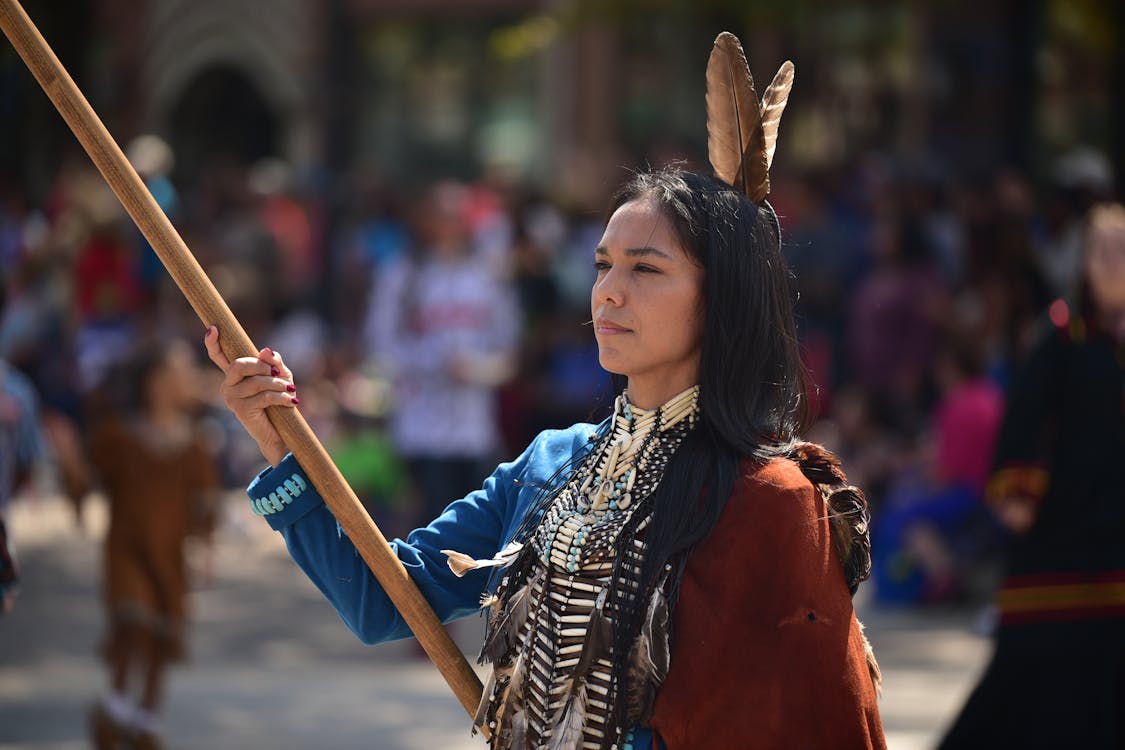How many native american languages are there
Native American languages are a wealthy and diverse a part of our world's linguistic tapestry. From the colourful tones of Navajo to the lyrical sounds of Mohawk, these languages encapsulate the unique cultures and histories of the indigenous peoples of North and South America. In this blog, we delve into the fascinating world of native American languages and discover their significance, preservation efforts, and the challenges they face today. Join us on this journey of language discovery as we unlock the wonder and complexity of those historical tongues.
How many native american languages are there
Over time, Native American languages in the United States have confronted the tragic phenomenon of linguicide. Before the era of colonialism, an estimated 300 languages thrived throughout the region, as reported by the World Atlas. However, with the arrival of European settlers, Native Americans had been forcibly displaced from their ancestral lands. The government pursued insurance policies geared toward eradicating Native American culture, together with their languages, by imposing using English. This resulted within the tragic loss of numerous indigenous languages.
Significant changes occurred in 1972 when Congress passed the Indian Education Act, which not only made it authorized to coach youngsters of their native languages but also granted tribes control over their very own colleges. This shift was further strengthened in 1990 with the passage of the Native American Languages Act, which aimed to safeguard, protect, and promote the rights of Native Americans to make use of their indigenous languages in any context.
In the current day, the United States is residence to around 167 indigenous languages. However, it is projected that only around 20 of those languages will survive by the 12 months 2050. Notably, Navajo stands as the most broadly spoken Native American language, boasting roughly 170,000 speakers. Despite this vital quantity, Navajo doesn't rank among the high 25 most spoken languages in the United States. Regrettably, nearly all of Native Americans right now primarily communicate English.

How many languages are native to the Americas?
The history of non-European indigenous languages across the globe is marked by a narrative of colonization, suppression, and tenacious resilience.
Prior to European colonization, it is believed that the Americas had been inhabited by a inhabitants starting from 8 to 112 million folks. North America alone was home to approximately 300 distinct languages. Tragically, within the following century, as a lot as 90% of the indigenous inhabitants perished as a end result of ailments, conflicts, and enslavement.
In the United States and Canada, systematic state-led efforts have been undertaken to suppress native cultures and eradicate indigenous languages. A boarding faculty system was established with the aim of isolating Native youngsters and assimilating them into the dominant tradition characterized by Christian religion and the English language.
Native youngsters had been forcefully separated from their families and subjected to punishment for talking their native languages. In Canada, an estimated a hundred and fifty,000 children were placed in boarding faculties, while the United States had a complete of 367 such institutions. The ensuing trauma and cultural devastation continue to impact a number of generations.
However, by means of persistent resistance and unwavering resilience, greater than 150 indigenous languages have endured in North America. Numerous initiatives and language schools have been established with the aim of preserving and revitalizing these invaluable languages.
How many languages have been spoken in America in 1492?
While up to date textbooks have largely deserted the time period "primitive" when referring to pre-contact Native Americans, some nonetheless convey an inaccurate picture of North American Indians as small migratory bands reliant solely on looking, fishing, and gathering wild crops. However, it is essential to acknowledge that Native American societies have been, in fact, exceptionally various, sophisticated, and rich in tradition.
Native Americans made outstanding contributions to international cuisine via the discovery and domestication of various meals that may significantly impression Europe and Asia. Moreover, their influence prolonged to fields such as trendy medication, art, architecture, and ecology, often missed by mainstream narratives.

Over millennia previous European contact, Native American communities nurtured ingenious and inventive cultures. They cultivated a broad array of crops for sustenance, dyes, medicines, and textiles, and efficiently domesticated animals. These societies established intricate trade networks, constructed cities, engaged in monumental structure, developed advanced spiritual perception methods, and instituted a diverse range of social and political constructions, encompassing kin-based bands, tribes, city-states, and confederations. Native Americans demonstrated not solely their adaptability to various and difficult environments but also their ability to reshape these environments to satisfy their needs. After the arrival of Europeans, they ardently strove to safeguard their rich cultures whereas navigating by means of transformative changes.
Approximately 30,000 years in the past, the Paleo-Indians, forebearers of Native Americans, embarked on a migratory journey, trailing animal herds throughout Beringia—an ancient land bridge connecting Asia and North America—into Alaska. By 8,000 B.C.E., these teams had disseminated across both North and South America.

Although the precise inhabitants of indigenous peoples within the Western Hemisphere in 1492 stays unknown, it undoubtedly numbered in the hundreds of thousands. Contrary to misconceptions, the Americas have been removed from uninhabited lands.
At native american clothing brands were spoken throughout the Americas during this time, reflecting significant cultural variety. Native American societies ranged from small hunter-gatherer bands to advanced cultures characterized by sophisticated irrigated agriculture.

Complex, agriculturally-based civilizations thrived in varied areas, exemplified by the Mayas and Aztecs in Mesoamerica, the Incas in Peru, and the Moundbuilders and Mississippians in the Ohio and Mississippi River Valleys.
All Native American communities lived within organized societies marked by political buildings, moral codes, and religious beliefs. They had skillfully tailored to their specific environments, and the idea of personal land ownership was international to them, as they held and worked the land collectively.
The restricted array of domesticated animals primarily included canines, llamas, and alpacas, precluding access to animal by-products like wool, leather-based, milk, and meat. While some societies had information of the wheel, it was primarily utilized as a toy. Metalworking for instruments, swords, or firearms was absent, as was the information of gunpowder, sailing ships, or mounted cavalry.
The European conquest was further facilitated by devastating epidemics that decimated the indigenous inhabitants. Native Americans had been notably weak to European ailments such as smallpox, typhus, diphtheria, plague, cholera, measles, and influenza, most of which have been beforehand unknown within the Americas. These epidemics resulted in a substantial discount within the Native American population.
Are there approximately 50 indigenous languages spoken within the US today?
It is crucial to acknowledge that whereas this report is offered in English, sure Indigenous ideas and the inherent constructions of thought expressed in Native languages could defy direct translation. Moreover, the report does not delve into Indigenous ways of knowing, tribal customs, traditional practices, or the oral strategies used to uphold these beliefs. Nevertheless, the intention of this report is to narrate a narrative that resonates with a various readership, fostering a deeper understanding of the significance of this venture. native american clothing for sale underscores the crucial juncture we at present face—a chance to rejuvenate, rekindle, preserve, and reclaim our Indigenous languages.
In at present's context, the United States is home to roughly 167 Indigenous languages, but projections recommend that solely around 20 will endure past the year 2050. Notably, Navajo stands as probably the most extensively spoken Native American language, with nearly a hundred and seventy,000 audio system, as illustrated in Figure 1.
